Description
Allegory for Fall by Edward Francis Burney printed on a T-Shirt
About the T-Shirt
Regular fit
Standard length, the fabric easily gives into movement
Casual wear
A classic, everyday option loved by our customers
Side-seamed
Constructed by sewing two parts together, creating a fitted look
The Unisex Staple T-Shirt feels soft and light with just the right amount of stretch. It’s comfortable and flattering for all. We can’t compliment this shirt enough–it’s one of our crowd favorites, and it’s sure to be your next favorite too!
- Solid colors are 100% Airlume combed and ring-spun cotton
- Ash color is 99% combed and ring-spun cotton, 1% polyester
- Heather colors are 52% combed and ring-spun cotton, 48% polyester
- Athletic and Black Heather are 90% combed and ring-spun cotton, 10% polyester
- Heather Prism colors are 99% combed and ring-spun cotton, 1% polyester
- Fabric weight: 4.2 oz./yd.² (142 g/m²)
- Pre-shrunk fabric
- 30 singles
- Side-seamed construction
- Tear-away label
- Shoulder-to-shoulder taping
- Blank product sourced from Nicaragua, Mexico, Honduras, or the US
Edward Francis Burney (1760-1848)
Edward Francis Burney was an English artist. His middle name is sometimes given as “Francisco” or “Francesco”.
Burney was born in Worcester on 7 September 1760, the son of Richard Burney and Elizabeth Humphries. The musicologist Charles Burney was his uncle and the writer Frances (or “Fanny”) Burney was his cousin. He studied at the Royal Academy Schools from 1776, where he received encouragement from Sir Joshua Reynolds.
He exhibited at the Royal Academy from 1780 until 1803. His work included historical subjects and portraits of friends and family. A portrait of his cousin Frances was engraved as a frontispiece to her works, and in 1780 he exhibited three drawings illustrating her novel Evelina, which were engraved for a 1791 edition of the work. Much of his work was done for book illustrations, including a series for an edition of Milton’s Paradise Lost.
In the 1820s Burney painted four large watercolours satirising contemporary musical and social life: The Waltz, The Elegant Establishment for Young Ladies (both Victoria and Albert Museum), Amateurs of Tye-Wig Music and The Glee Club; or, The Triumph of Music (both Yale Center for British Art), possibly with the intention of publishing prints after them. They were never engraved, but he did work up Amateurs of Tye-Wig Music into an oil painting, now in the collection of the Tate Gallery. The picture draws on the debate over the relative virtues of modern music (exemplified by Beethoven and Mozart) as against that of earlier composers, such as Handel, whose bust overlooks the ramshackle band of musicians in the painting, and Corelli, one of whose pieces they are playing. Burney’s uncle Charles took a leading part in the argument, on the side of the modernists.
Burney died in London on 16 December 1848, at the age of 88. He never married.

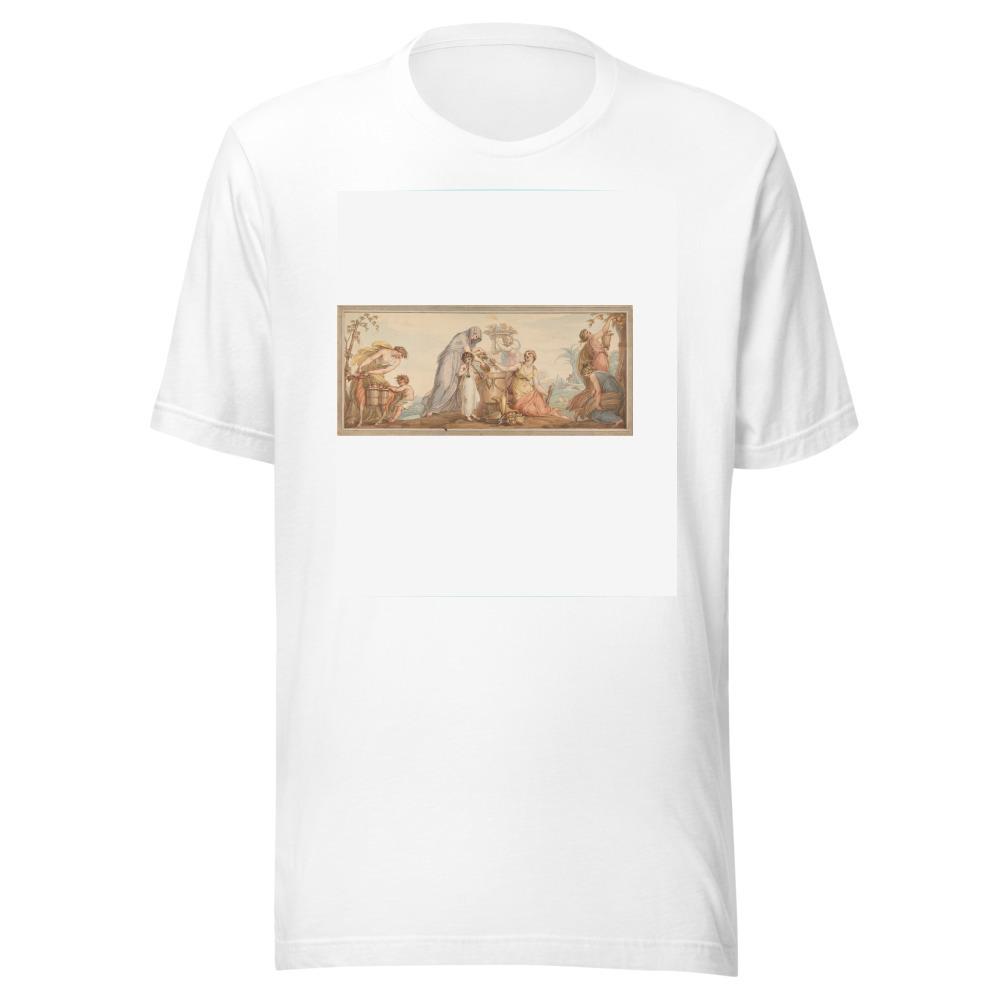
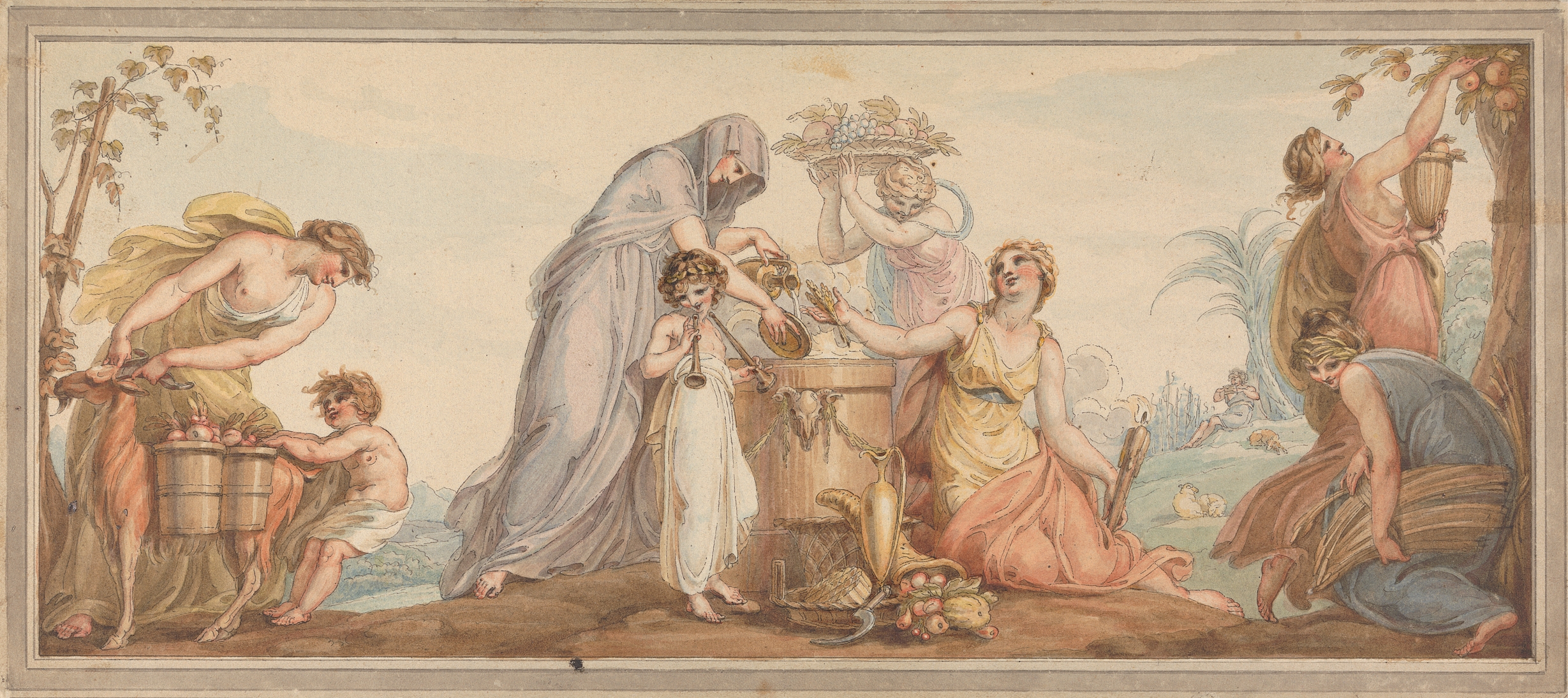
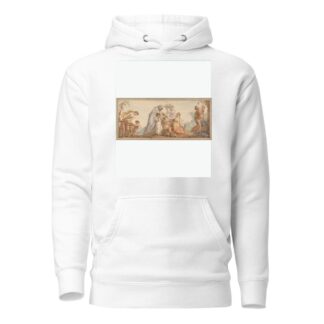
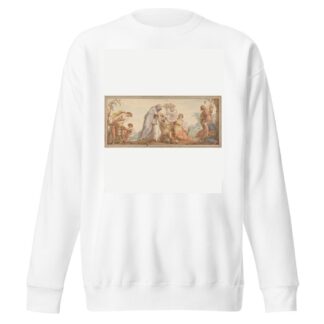
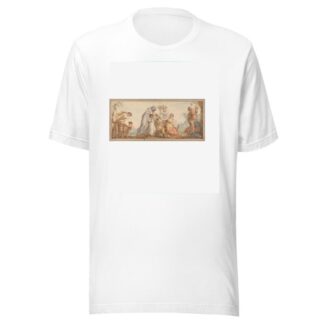
Reviews
There are no reviews yet.